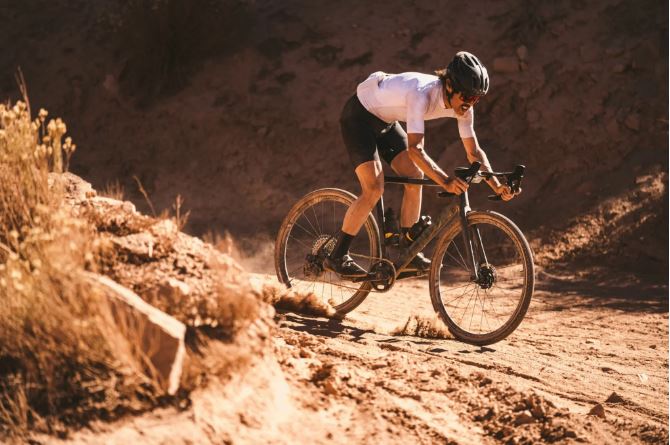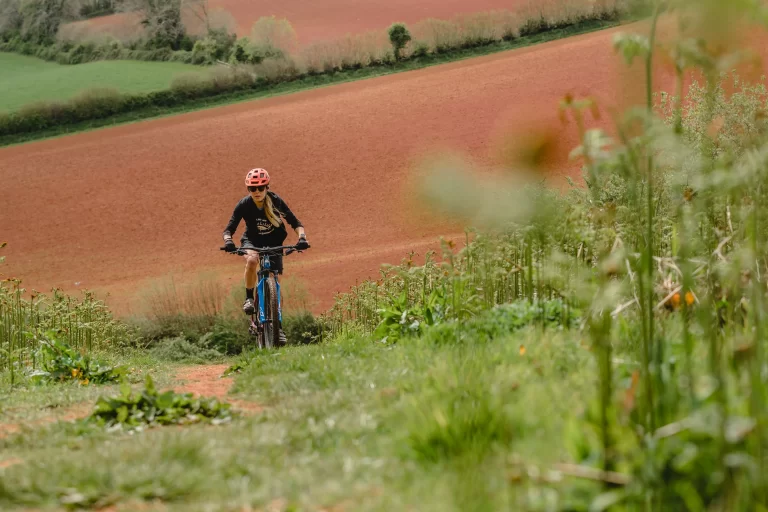The Trail Less Rattled: Tire Width and Comfort in Enduro Biking
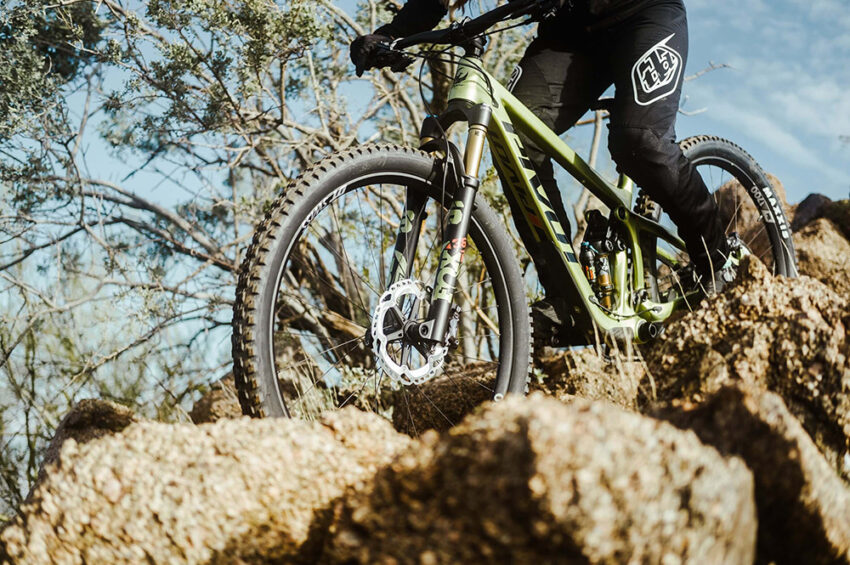
Key Point Summary of Tire Width and Comfort in Enduro Biking:
- Tire Width and Comfort: Wider tires on an enduro bike can offer more comfort by absorbing trail vibrations and impacts, leading to a smoother ride.
- Pressure Plays a Role: Lower tire pressures, possible with wider tires, enhance grip and comfort but require balancing to avoid punctures.
- Terrain Considerations: The choice of tire width should factor in the typical terrain you ride on; rougher trails might benefit from wider tires.
- Bike Compatibility: Ensure your bike frame and forks have enough clearance for wider tires.
- Experience Over Theory: Experimenting with different tire widths and pressures can help you find the perfect balance for your riding style and comfort.
As a masters cyclist who’s spent more years on two wheels than I care to admit, racing and riding across mountain, gravel, and cyclocross terrains, I’ve come to appreciate the nuances that can make or break a ride. One such nuance, particularly in the realm of enduro biking, is tire width. It might seem like a small detail, but trust me, it can dramatically influence your riding comfort and performance.
Tire Width and Comfort in Enduro Biking: The Essential
Enduro biking, for those new to the term, is a mountain biking discipline that emphasizes the downhills but still requires you to pedal up them. It’s a test of endurance and technical skill, with trails that can range from fast and flowy to rough and rocky. In this context, your tire choice is pivotal in how you experience the trail.
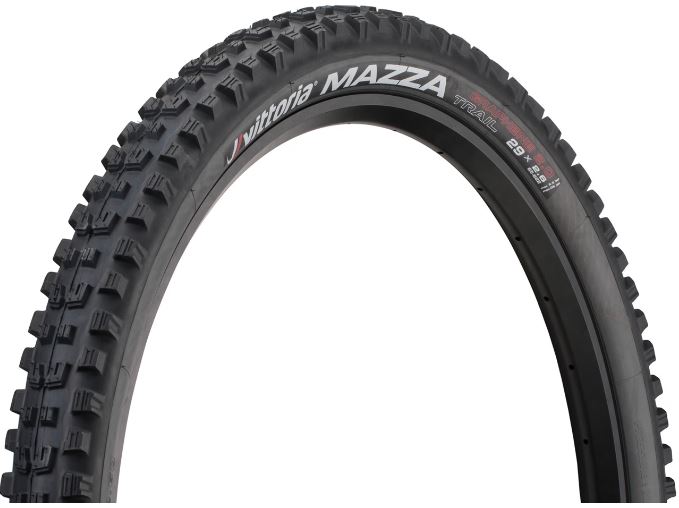
Why Tire Width Matters
Imagine hitting a rough section on a trail. With narrower tires, every rock and root sends a jolt through your bike, rattling your bones and jarring your grip. It’s not just uncomfortable; it can also make you slower and less confident. Now, picture the same section but with wider tires. The difference is like night and day. The wider footprint absorbs a good chunk of that trail chatter, smoothing out the ride and allowing you to maintain speed and control with ease.
From my own adventures, I recall a race where the choice between a 2.3″ and a 2.5″ tire width seemed minor at the start line but felt monumental halfway through. On a particularly brutal descent, those extra millimeters of rubber meant I could let the bike float over obstacles that were unsettling my competitors. It was a clear lesson in the value of tire width for comfort and performance.
The Balancing Act: Width, Pressure, and Performance
It’s not just about slapping the widest tire your bike can handle and calling it a day. There’s a delicate balance to strike. Wider tires allow for lower pressures without risking pinch flats, enhancing grip on tricky surfaces. However, go too low, and you risk rim damage or burping on tubeless setups. I’ve found that starting with the manufacturer’s recommended pressure and tweaking it down in small increments is a solid approach to finding that sweet spot.
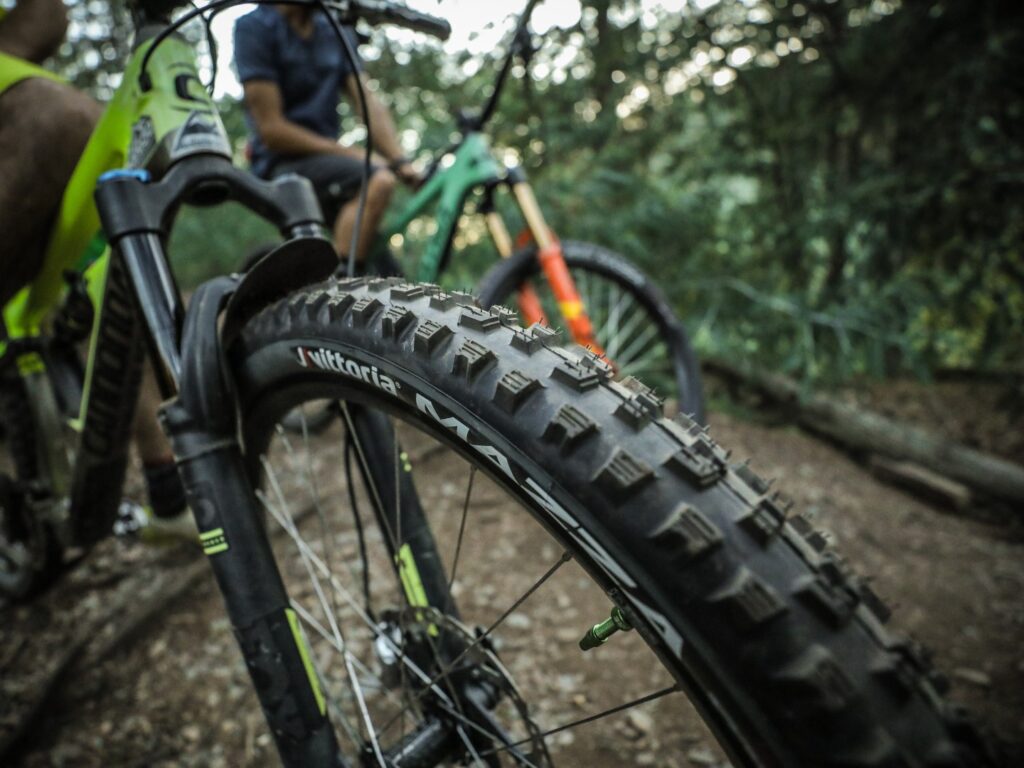
Terrain Tells the Tale
Your local trails should have a say in your tire width choice. In my early days of enduro, I stuck to what I was told was standard, only to find myself overgunned on smooth trails or underprepared in rocky hellscapes. Riding a variety of trails, I’ve learned that wider tires shine in technical and loose conditions, offering the confidence to push harder and ride smoother.
Check Your Clearance
Before you jump on the wide-tire bandwagon, make sure your frame and forks have the clearance to accommodate them. Nothing’s worse than gearing up for a ride only to find your new tires rubbing against your bike. I’ve been there, and it’s a quick way to turn excitement into disappointment.
Experiment to Find Your Ideal
The takeaway from years of mixing racing with recreational rides is that the perfect tire width is a personal equation. Start with the guidelines your bike and tire manufacturers provide, then adjust based on your terrain, riding style, and comfort preferences. Don’t be afraid to experiment. Sometimes, a slight adjustment in width or pressure can unlock a whole new level of enjoyment on the trails.
Closing Thoughts
In the world of enduro biking, where comfort can directly influence performance and enjoyment, understanding the impact of tire width is crucial. It’s about more than just cushioning; it’s about finding a setup that allows you to ride longer, harder, and with more confidence over whatever the trail throws your way. So, take it from someone who’s ridden the gamut of tire sizes: paying attention to tire width and how it relates to comfort on the trail can be a game-changer for your enduro adventures.
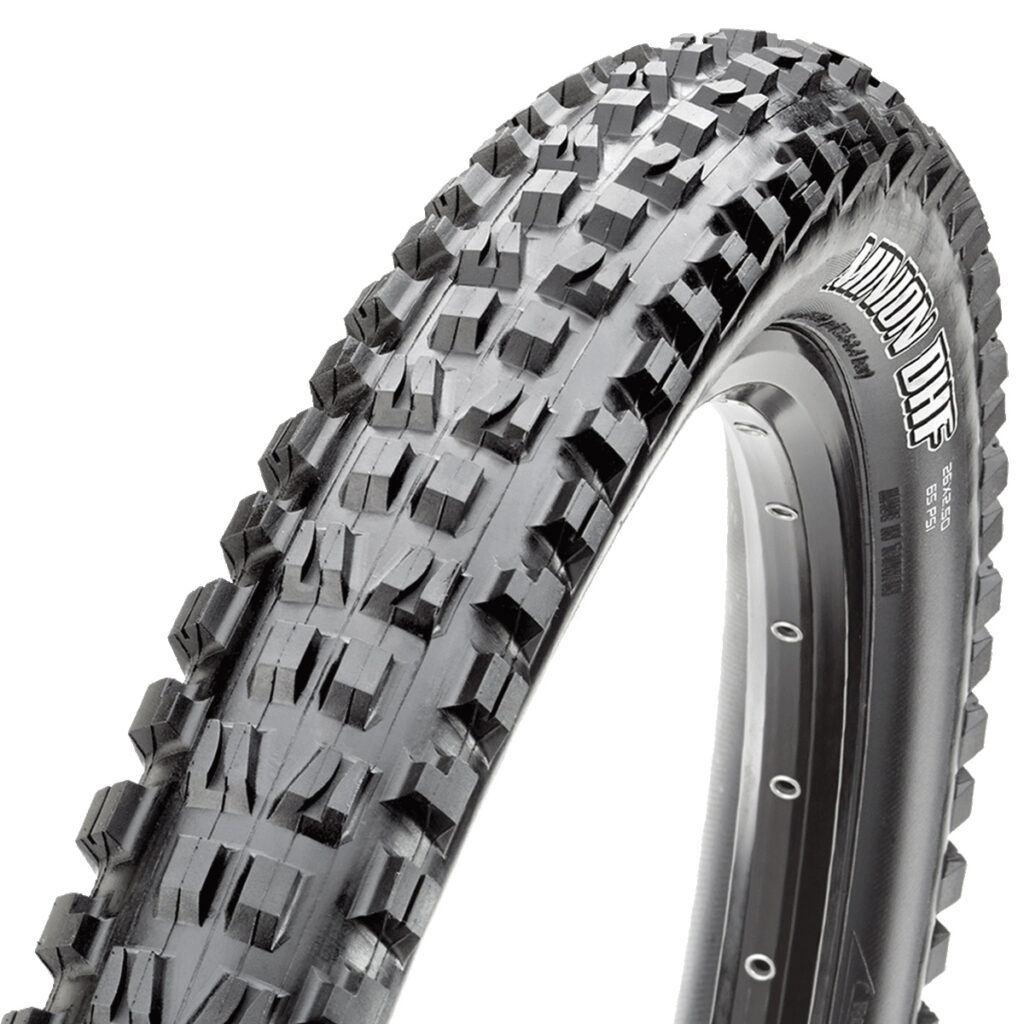
The Maxxis Minion DHF stands out for its exceptional grip, durability, and ability to handle a wide range of conditions. Its aggressive tread design provides excellent traction on both wet and dry surfaces, making it a top choice for enduro riders who face diverse terrain. The Minion DHF’s performance in cornering, braking, and overall control is often cited as the benchmark in enduro tire design. Whenever you’re navigating loose, rocky descents or sticking to hardpacked trails, Maxxis Minion DHF is designed to inspire confidence.
FAQ
Does tire width affect comfort?
Yes, tire width affects comfort; wider tires can offer more comfort by absorbing more vibrations and impacts from the road or trail.
Happy Cycling!
John

